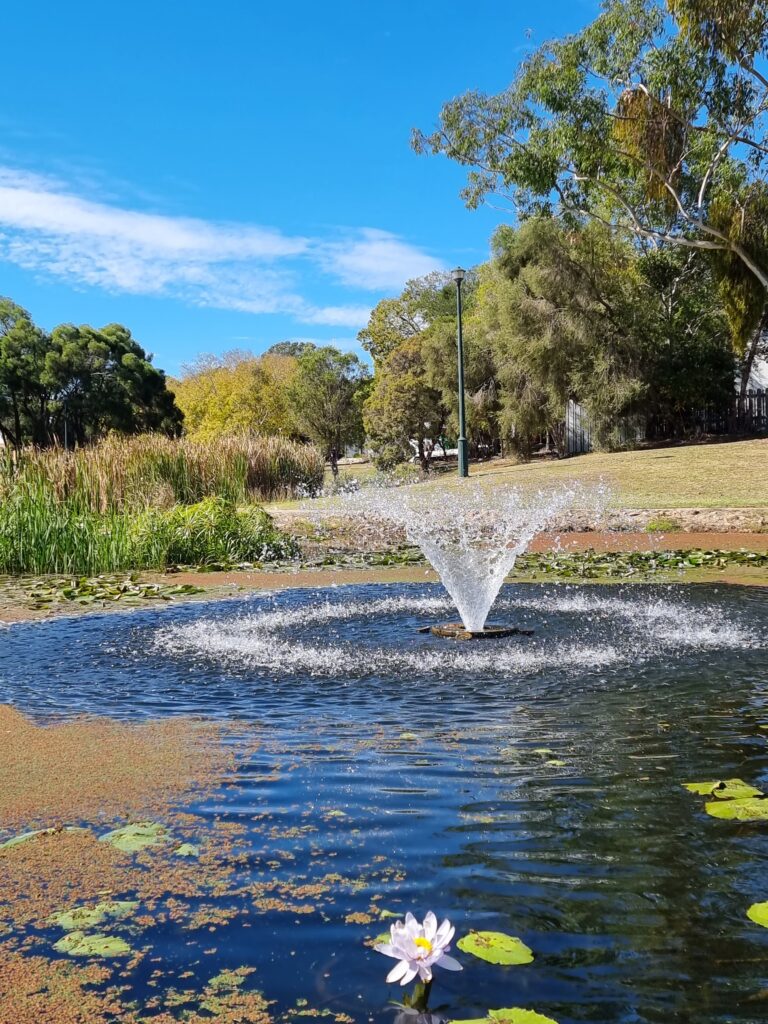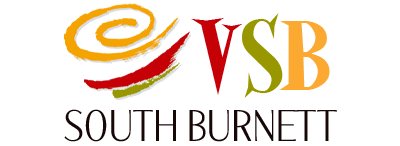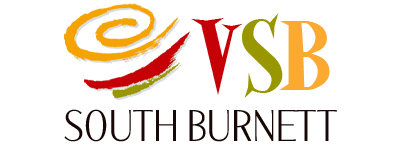Murgon
An Aboriginal world meaning lily pond, Murgon derived its name from a pond located on Barambah Station near Moffatdale where the first European settlers arrived in the area in 1843. The rich and fertile land was used for agriculture and dairying, which still plays a major part of the township with the South Burnett Dairy Museum just outside of town still pulling tourists to the region today. Like most of the South Burnett, logging was another prosperous industry but the town didn't start to develop until the early 1900s when large properties were divided into smaller allotments and the local population increased. A butter factory was opened in 1913 and a grain shed was built the following year, putting Murgon on the map as a prosperous little town.
Murgon is still experiencing exciting developments with the construction of a $1.59 million cultural centre currently in the works. When completed, the Murgon Country Creative Association initiative will be a local art gallery and fossil museum, housing replicas of some of the incredibly significant archaeological finds from the region. Discovered in the 1930s, the Murgon Fossil Site is the only site in Australia that records a diverse vertebrate fauna dating from the early Tertiary Period, over 55 million years ago and approximately ten million years after the extinction of the dinosaurs.

In a Nutshell
Although discovered in the 1930s, it was in the 1980s when palaeontologists Henk Godthelp and Mike Archer recognised the significance of the lake sediments at Murgon, with one of the most important finds the discovery of Australia's oldest placental land mammal. The ancient swampy environment was home to soft-shelled turtles, Australia's oldest known frogs and swamp crocodiles, Australia's oldest known bat, the world's earliest known songbirds and Australia's oldest known bandicoot. The fossil findings provided evidence of Australia's Gondwanan connection due to the discovery of a group of marsupials otherwise known only from South America.
Murgon is also just a cooee away from Boat Mountain Conservation Park. A great location for avid bird watchers, the park has at least 46 species of birds including rufous whistlers, black-faced cuckoo-shrikes, double-barred finches, red-backed wrens, honeyeaters, fantails, doves and pigeons. You might also see black-striped wallabies and echidnas by day or pygmy-possums and sugar gliders at night.
All this exploring has probably worked up quite the appetite, with the perfect picnic location down by the banks of Lake Barambah or Bjelke-Petersen Dam calling your name. You can walk off lunch at The Queensland Dairy and Heritage Museum just outside of Murgon. Step back in time and marvel at how the local timber and dairy industries have progressed since the early days of hand-churned butter. Butter making even can be arranged at the Dairy Museum for groups for a small charge, so make sure you stop at one of the many wonderful local bakeries for a fresh loaf of bread to taste the fruits of your labour on.
Places to Stay
Murgon is home to some amazing Bed and Breakfast pub, motel and camping accommodation.
Things to do
Churn your own butter at the Dairy Museum, spot a rufous whistler at Boat Mountain, go fishing at the Dams.
Places to eat
Regardless whether you're looking for a quick bite to eat or a delicious meal, Murgon has something to tantalise even the fussiest eaters.
ACCOMMODATION
Bed & Breakfast
Unique Bed and Breakfast and hosted accommodation available in the beautiful town of Murgon.
Accommodation
Hotel & Motel Accommodation
Explore some beautiful accommodation available in Murgon.
Caravan Parks & Camping
Great Caravan & Camping spots in and around Murgon.
Places to eat
Restaurants & Pubs
Cafes & Take-Aways
Places to eat














